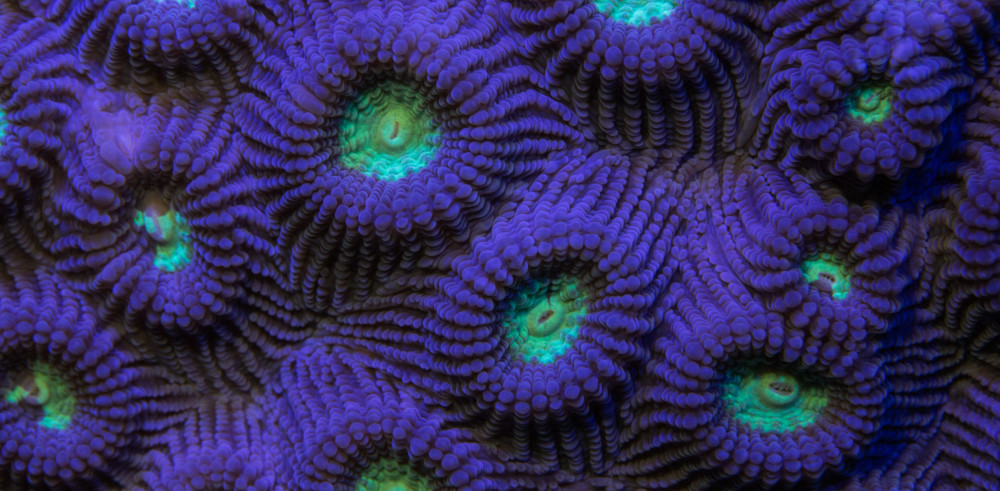The Okinawa rail is a flightless bird found in northern Okinawa. It is a protected species and declared a living natural treasure. It is currently listed by the International Union for Conservation of Nature (IUCN) as an endangered species. In 2012 populations of this endemic bird were estimated at 1500 by the Environment Ministry. As of October 2016 populations have declined to 480 mature individuals according to IUCN assessment.
Scientific name: Hypotaenidia okinawae
Common Name: Okinawa Rail
Distribution: Northern Okinawa
Habitat: Forests
Diet: Small insects, worms, snails and fruit.
Average Size: 31cm
Threats: Habitat loss and the threat of Jungle crows and mongoose.

The Okinawan rail © Shawn Miller
The rail is often found feeding on the side of the road. It feeds on worms, snails, and insects.

Okinawa rail posing ( Hypotaenidia okinawae) © Shawn Miller
When defending its territory, the rail will become aggressive and flare its wings.

Angry Bird- Okinawa rail © Shawn Miller
If you are lucky you can catch the Okinawa rail feeding on the fruit of the cherry tree.

Okinawa rail feeding ( Hypotaenidia okinawae) © Shawn Miller
They roost high above the ground to avoid predators like the habu snake.

Okinawa rail roosting ( Hypotaenidia okinawae) © Shawn Miller
In 2014 I stumbled upon Scientists handling an adult Okinawa rail in the wild.

Okinawa rail © Shawn Miller
Awareness signs are posted along the main roads in northern Okinawa for their protection. I think they should also include speed bumps in the designated crossing areas for the rails.

Okinawa rail awareness signs © Shawn Miller
The speed limit is only 40km/h so watch your speed for the protection of the wildlife. The rails are often seen feeding on the side of the road.

Posted speed limit is 40km/h © Shawn Miller
I have observed these birds crossing the road on many occasions. They have no problems crossing when people are driving the speed limit. Speeding decreases your reaction time, slow down and pay attention to all crossing wildlife.

Okinawa rail crossing the road© Shawn Miller
An Okinawa rail that was killed by a speeding motor vehicle on Route 2 in northern Okinawa.

Okinawa rail – road kill © Shawn Miller
What to do if you find an injured rail.

People often ask me what is the purpose of conservation photography? Having the ability to affect some form of positive change in the environment and make a global difference with the photographs. Hopefully, the images will inspire people to care more about nature and make a positive difference in the environment.
My Mission: To Document and Preserve the Wildlife of the Ryukyu Islands
This site is also designed to help people identify the beautiful animals of Okinawa, basically to serve as an online nature reference guide. If you would like to make a contribution to support my mission, please click on the donation link
Your donations will help worldwide conservation initiatives as well as bring solutions to the worldwide pollution issues on our beautiful shorelines. Thank you for your support. Shawn M Miller.








































































































































